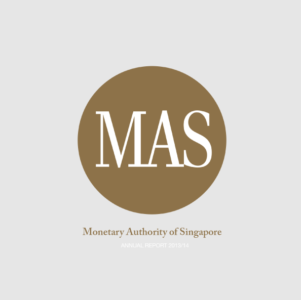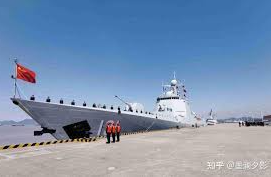MAS highlights that a modest gain in foreign reserves was overshadowed by currency fluctuations and increased interest expenses.
SINGAPORE – The Monetary Authority of Singapore (MAS) posted its largest-ever net loss of S$30.8 billion (US$22.8 billion) for the financial year ending March 31, marking a significant rise from the S$7.4 billion loss recorded the previous year. This steep loss was primarily driven by the central bank’s aggressive monetary tightening to curb inflation, which contributed to a broad appreciation of the Singapore dollar against major currencies, such as the US dollar, euro, and yen, in which the official foreign reserves are held.
As MAS reports its financial results in Singapore dollars, it faced a substantial negative currency translation impact of approximately S$21.4 billion, accounting for 70% of the overall net loss. This was coupled with higher interest expenses amounting to S$9 billion as the central bank worked to absorb excess liquidity in the banking system. These two factors overshadowed a modest S$0.6 billion gain on Singapore’s official foreign reserves, a sharp decline from the S$4 billion profit in the previous year, reflecting a challenging market environment where both bonds and equities performed poorly.
MAS also reported a significant increase in total expenditure, which surged to S$13.7 billion, compared to S$2.8 billion the year before, driven largely by unusually high interest expenses associated with MAS bills and other borrowings used for domestic money market operations. As a result, the central bank will not be contributing to the government’s consolidated fund or returning any profits to the government for this financial year.
“Not a Cause for Concern”
Despite the sizable loss, MAS Managing Director Ravi Menon reassured the public that the loss is “not a cause for concern.” He emphasized that the negative currency translation effects do not affect the external purchasing power of Singapore’s official foreign reserves, nor do they hinder MAS’s ability to implement monetary policy or maintain financial stability.
Menon pointed out that, in fact, MAS has experienced negative currency translation effects in 10 of the last 15 financial years, largely due to the strengthening of the Singapore dollar. He also explained that attempting to hedge against these effects would require selling US dollars from the official foreign reserves to purchase Singapore dollars, which could destabilize the currency and deplete reserves.
While the loss does not tap into MAS’s past reserves, Menon acknowledged that the central bank’s investment performance will likely remain weak in the near term, given the challenging global economic conditions. As such, MAS expects a return to profitability to take time, with future profits needing to exceed the cumulative losses from the past two years, amounting to S$38.2 billion, before contributions to the consolidated fund can resume.
Outlook for Singapore’s Economy
Looking ahead, Menon noted that economic growth in Singapore is expected to remain sluggish in the short term. Key sectors such as manufacturing and financial services are anticipated to face continued challenges due to weak external conditions, while domestic-facing sectors will see slower growth as consumer demand cools in response to higher interest rates and more modest wage growth.
With inflation in Singapore showing signs of moderation, MAS has revised its forecast for headline inflation in 2023 to a range of 4.5 to 5.5%, down from the previous estimate of 5.5 to 6.5%. The forecast for core inflation remains unchanged at 3.5 to 4.5%. However, Menon emphasized that the fight against inflation is ongoing, and MAS will remain vigilant, ready to adjust monetary policy as necessary if inflationary pressures accelerate.
MAS’s Commitment to Climate Transition
In a separate initiative, MAS revealed that it has allocated 2% of its portfolio, or just over S$8 billion, to a climate transition programme. This initiative aims to mitigate the financial risks associated with climate change, particularly transition risks, by gradually shifting part of its equity portfolio toward companies that are less carbon-intensive and better aligned with the low-carbon transition. Menon stated that this approach seeks to balance reducing the carbon intensity of MAS’s portfolio while continuing to support companies in transition.
MAS is piloting both off-the-shelf and bespoke climate indices to implement this strategy, with plans to scale up the programme as data and insights improve.








